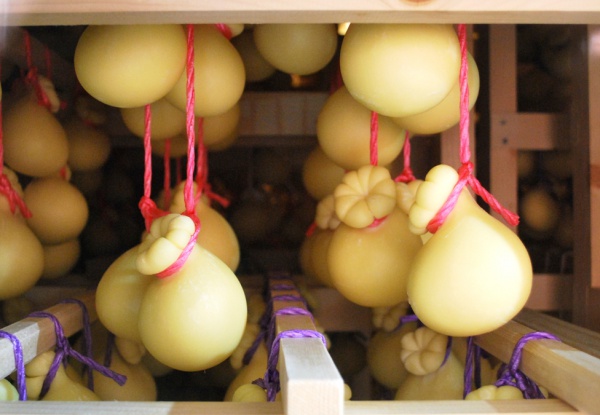Facts About Caciocavallo
Caciocavallo is a delightful cheese cherished in Southern Italy, particularly in the Apennine Mountains and on the Gargano peninsula. Made from either sheep's or cow's milk, this cheese is renowned for its distinctive teardrop shape and a flavor reminiscent of aged Southern Italian Provolone, complete with a hard rind.
The name "caciocavallo" translates to "horse cheese" in Italian. This curious name likely originates from the traditional method of tying two cheese forms together with a rope and hanging them over a horizontal stick or branch to mature, much like saddlebags on a horse.
Caciocavallo boasts a rich history, with references dating back to around 500 BC. Variations of this cheese can be found throughout the Balkans and Southern Italy. In Italy, there are several types of caciocavallo, some of which are recognized as traditional regional food products. One notable variety is Caciocavallo Silano, which is made from cow's milk in certain regions of Southern Italy and has enjoyed protected geographical status since 1993.
This beloved cheese is known by different names in various languages: Kaçkavall in Albanian, Кашкавал in Bulgarian and Macedonian, and Caşcaval in Romanian. Each regional variation has its own unique characteristics, making caciocavallo a truly diverse and cherished cheese.
